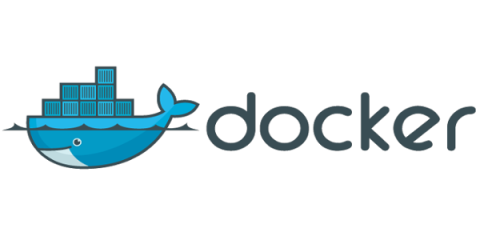GraphQL Support with WSO2 APK: Kubernetes Native API Management
In this screencast, we dive into the advantages of using GraphQL over traditional REST APIs and how to deploy and manage GraphQL APIs using WSO2 API Platform for Kubernetes (APK).










